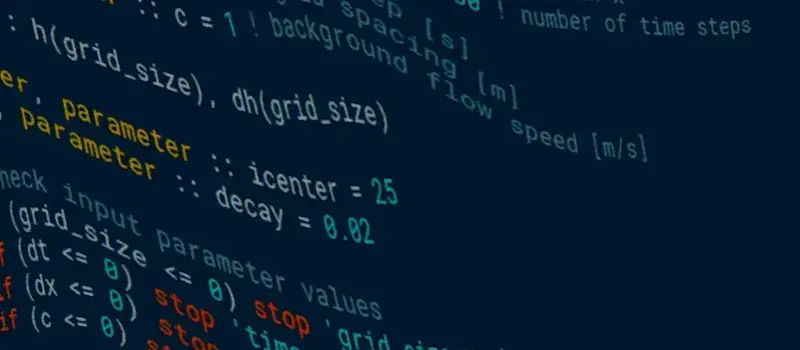Apocrita says Hello, world! Basic use of our cluster

A common first program to write in a new language is a "Hello world" example where we print a simple line of output. In this tutorial we first look at examples written in C, C++ and Fortran. To run the examples we'll learn about interactive sessions on compute nodes, modules and compiling source code. We'll also look at examples in MATLAB, Python and R. For these we'll see how to use modules to select suitable interpreters.





